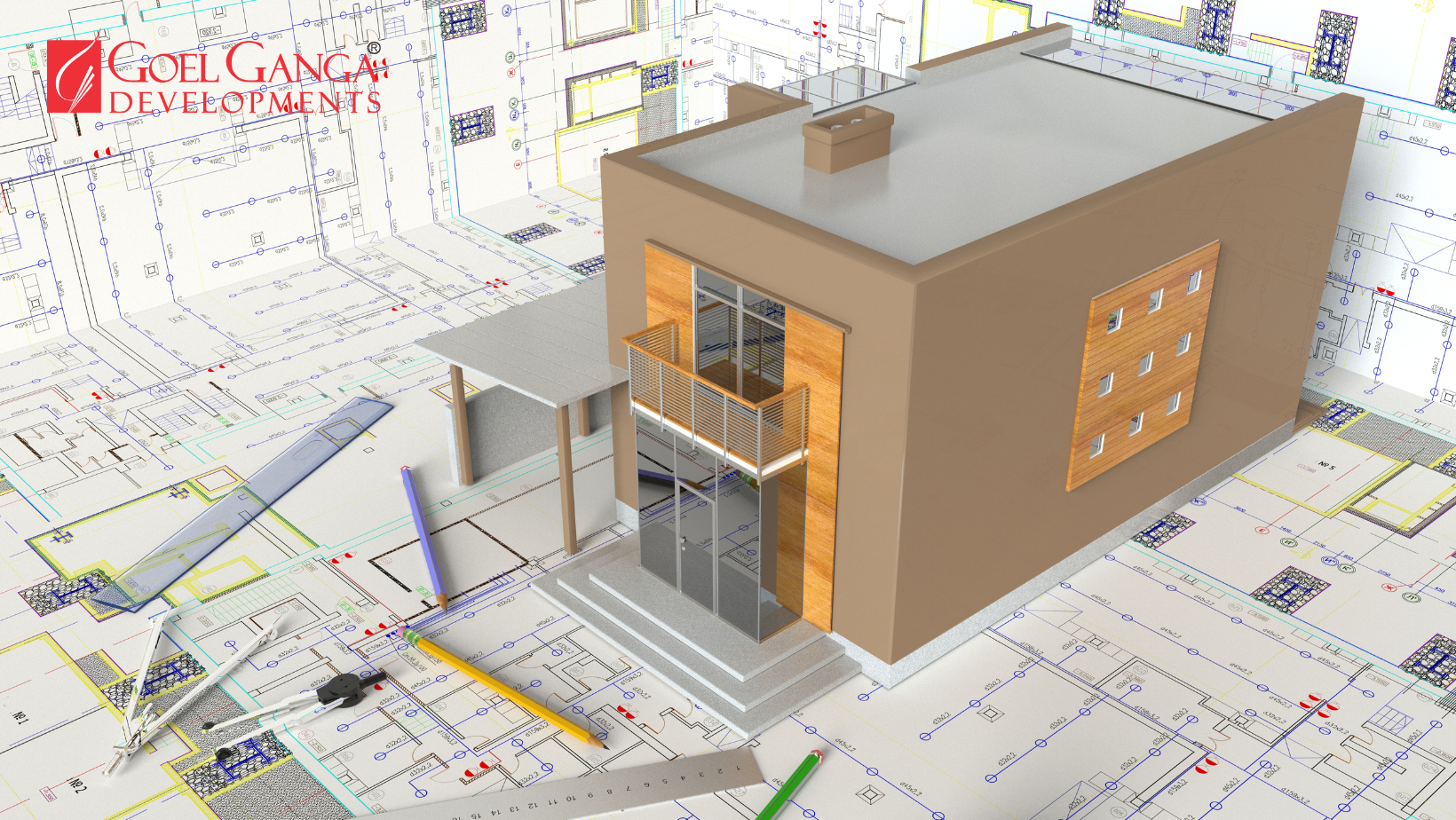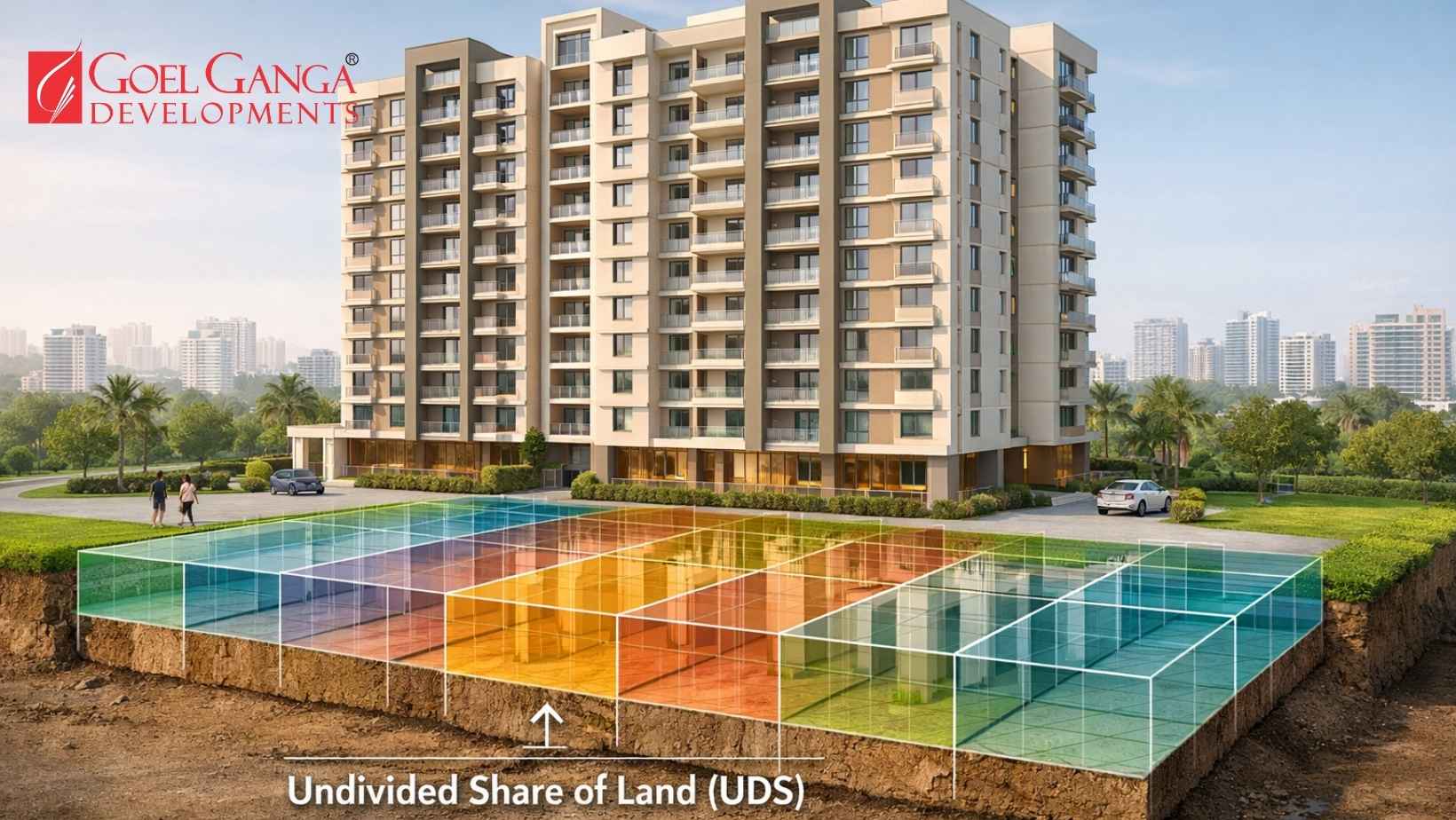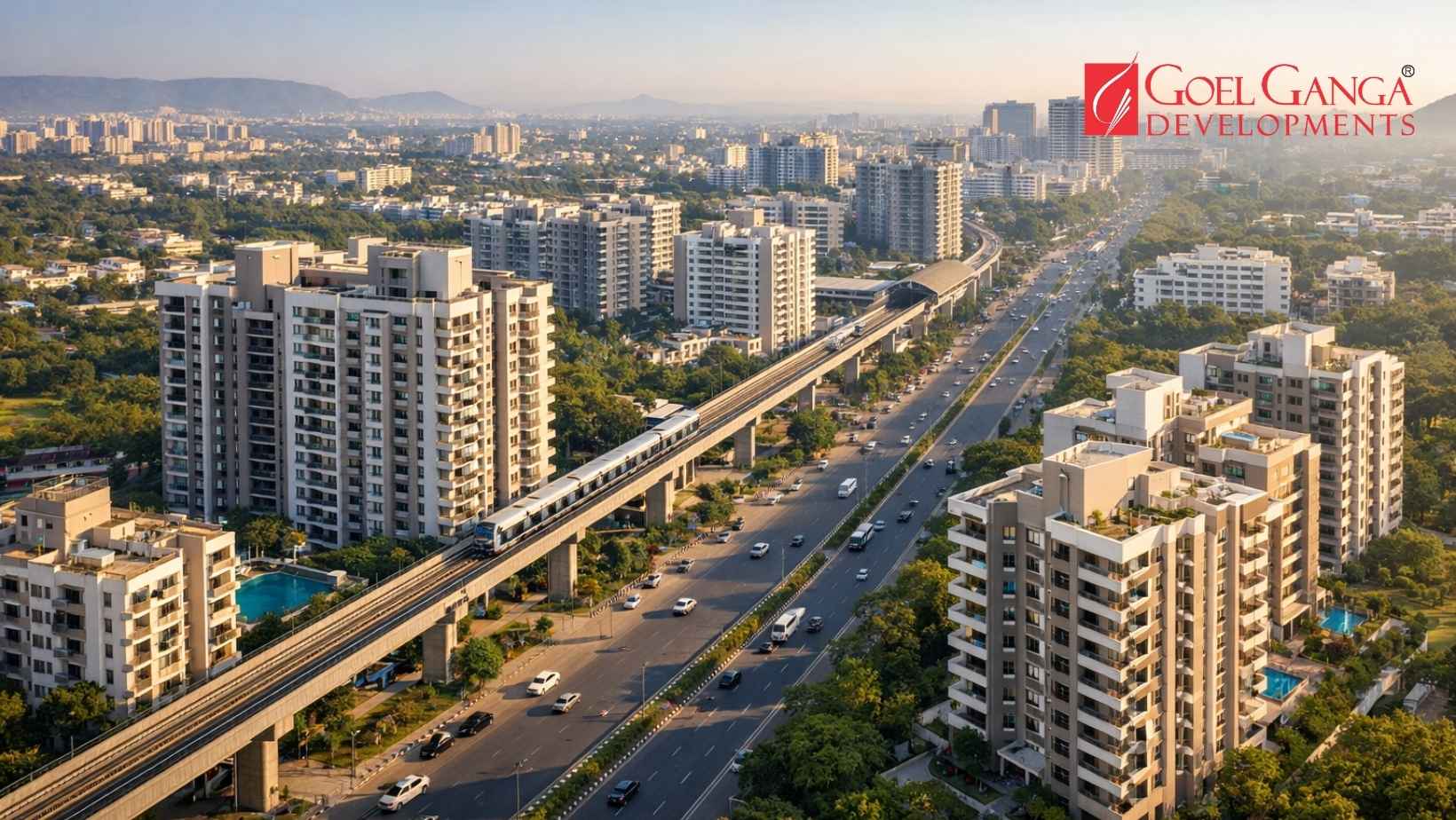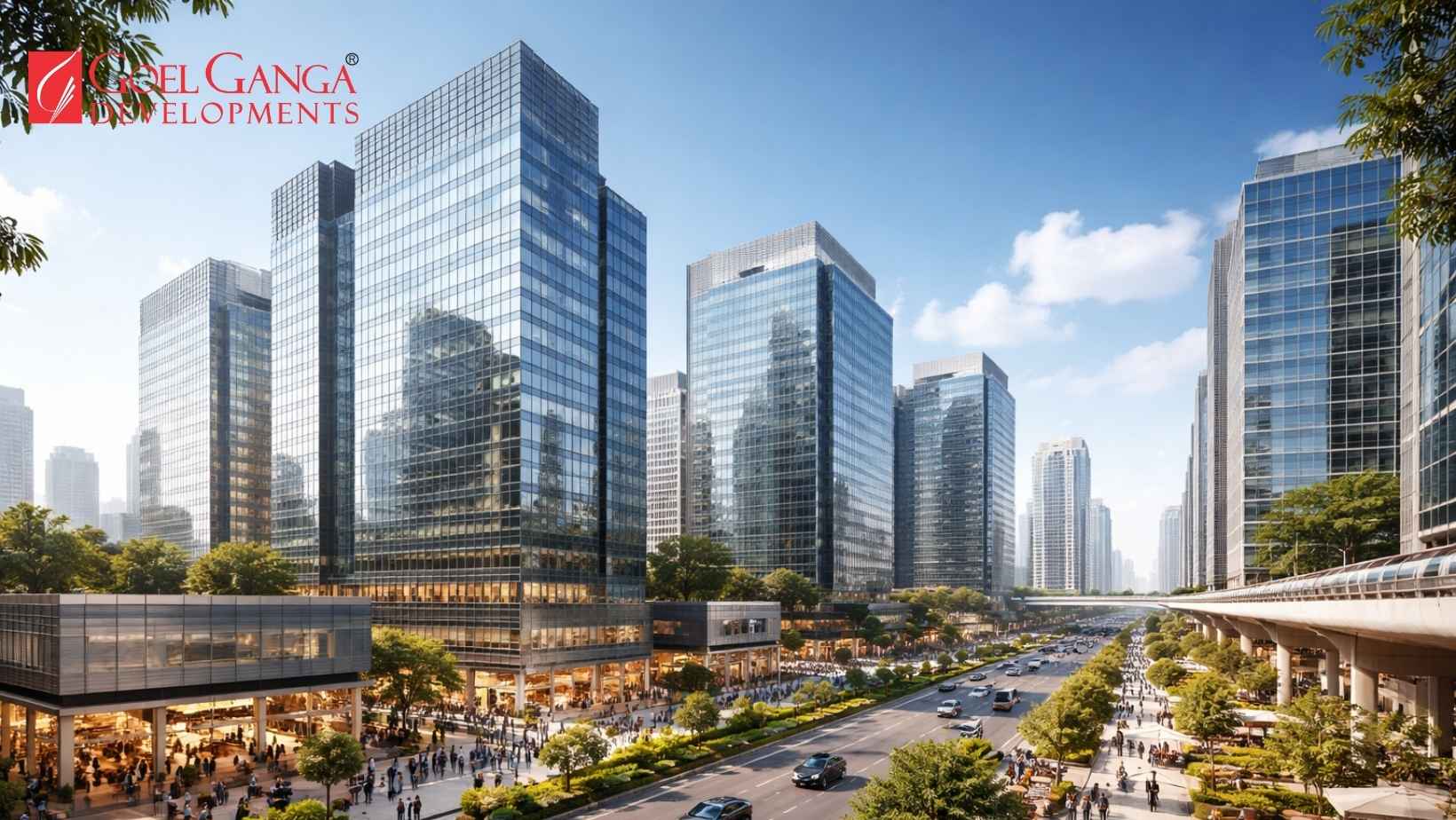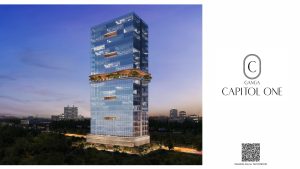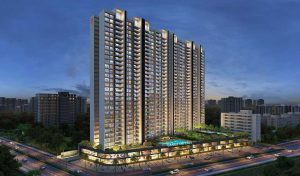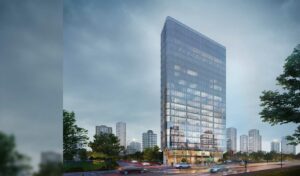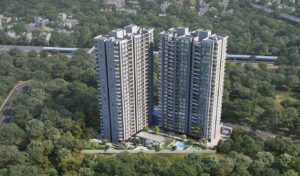In this blog, readers will find the key factors to consider in project design when buying a property for happiness. You’ll learn how a well-planned development can enhance your quality of life by fostering a strong sense of community, promoting emotional and physical well-being, and offering thoughtfully designed common areas. We will explore the importance of designated zones for different age groups, landscape design for safety and comfort, and how personal values can be reflected in a project’s architecture. Ultimately, a happy neighbourhood contributes to a happier, healthier lifestyle. In these socially distant and hard times, having a peaceful house and a nice community is critical. Living in the comfort of our own houses, away from our families and friends, is made a bit easier by friendly neighbours and well-planned and pleasant project premises. Believe it or not, living in a happy development may have a significant impact on you, your health, and the lives of others you care about.
What precisely is a happy development or neighbourhood? Simply said, a joyful project feels like home from the moment you enter it until you leave. Its master plan is designed to provide not just utilitarian or visual benefits but also emotional, psychological, and intellectual benefits to the mind, body, and soul.
Architects and developers are gradually coming around to the idea that they can help foster excellent health and communities. Developers contribute to purchasers’ happiness quotients by constructing structures that allow it to be stress-free for residents to adopt beneficial lifestyle changes such as maximum mobility, absorption of natural light, and ease of communication.
Let’s have a look at the factors to consider while buying a property for happiness, as suggested by Ms. Gunjan Goel, Director of Goel Ganga Developments.
Table of Contents
ToggleCommon Areas
A project site that is well-protected and guarded increases its liveability and like-ability. Well-planned common areas, well-maintained facilities, and well-designed resident and guest management systems may all help to make each contact and experience as easy and seamless as possible. The transition from outdoors to inside is nice and straightforward.
Zones that have been specified
A joyful development includes a variety of corners and zones to serve various age groups. While the meditation zone may be beneficial to the elderly, the swimming pool may be more suitable for children. In the evening, the sheltered and well-shaded zones may be transformed into reading venues, while the conversation sections can offer up a world of chances and thoughts for young adults.
A happy society is formed not just by the individuals who live there but also by the project’s general design and the thinking that goes into creating the different areas. Open, semi-open, and closed interaction areas for varied age groups will ensure that the happiness quotient of every tenant is high at all times.
Landscape and Design
The environment and facilities provide an extra layer of engagement to the project and its utilisation. The surrounding environments should convey a sense of safety and security. A well-designed and methodical vehicle and pedestrian traffic flow can ensure that inhabitants are safe while spending carefree time on the grounds. Vehicle-free play zones emphasise children safety.
Visitor Convenience
A cheerful project design not only make the people happy but also the tourists. A large parking area with easy access to the various wings and buildings, broad roadways, fewer columns, and convenient pickup and drop-off zones may make the experience more welcome for all visitors.
Personal Values
In certain projects and designs, architects go above and beyond to appeal to the core ethos of the inhabitants and generate a greater unity. For example, ‘net-zero’ energy buildings, non-toxic construction materials, garden beds with edible produce, shared amenities and flexible spaces, buildings incorporating public health values, and so on are increasingly being introduced to help buildings align with residents’ lifestyles and preferences.
Choose the entire project or complex, not simply the home. A strong feeling of community fosters personal development and serves as a stimulus for constructive communal conduct. People of all ages must feel at ease, safe, and welcome in your house and project. A harmonious balance of physical, emotional, intellectual, and spiritual well-being should be achieved effortlessly. Choose your project wisely: a happy neighbourhood equals a happier you.


